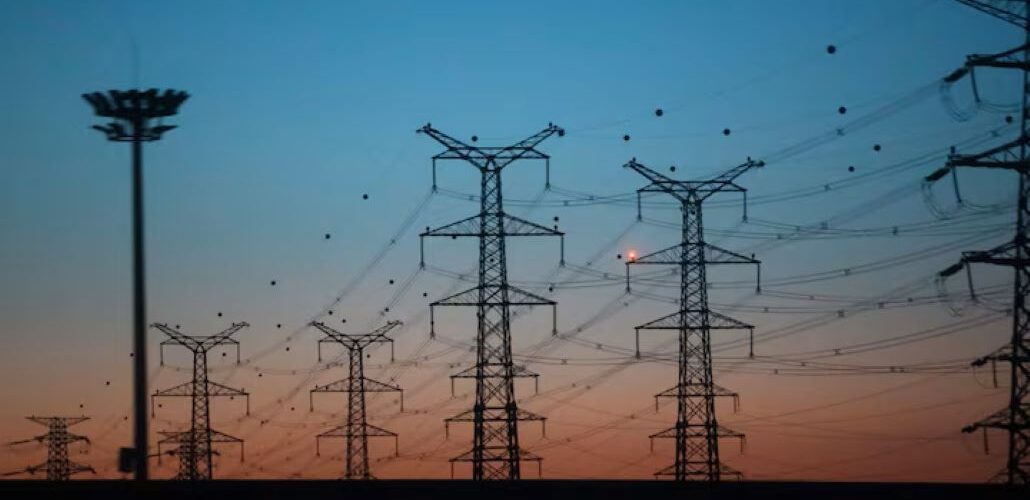China’s Renewable Energy Boom Strains Power Grid
China's "Clean Energy Absorption Action Plan" focuses on improvements in local distribution, long-distance inter-provincial transmission, and energy trading.

China’s rapid expansion of wind and solar power has exacerbated regional power imbalances, leading to the need to curtail surplus renewable energy when it exceeds local demand. To address this challenge, the Chinese government has implemented new directives aimed at minimizing abandoned renewable energy by enhancing long-distance power transmission connections.
China has witnessed a substantial increase in its total power generation capacity since late 2018, with significant growth in both thermal capacity (coal and gas) and “new energy sources,” including wind farms and solar power installations. However, the escalating presence of intermittent renewables has posed challenges in managing the national power grid.
To mitigate the fluctuations in wind and solar power supply, the Chinese government has recognized the need for a strategy to spread generators and substations across larger geographic regions. Over the years, China has developed a network of ultra-high voltage transmission lines over long distances from surplus regions to deficit areas, establishing the country as a global leader in this technology.
The northern and western parts of China, rich in various energy resources including coal, gas, and renewables, have become crucial energy hubs. These regions not only host significant coal reserves but also serve as prime locations for wind and solar energy farms. However, the rapid increase in renewable energy alongside existing coal-fired power has posed challenges in balancing the grid and transmitting surplus power to other regions effectively.
To tackle the issue of renewable energy wastage, China has launched initiatives to enhance local distribution, inter-provincial transmission, and energy trading to minimize the curtailment of renewable energy generation.
China’s commitment to integrating renewable energy sources into the grid demonstrates a remarkable shift, with wind and solar power accounting for a significant share of total electricity generation, signalling a transition towards a cleaner and more sustainable energy landscape.
Source: Reuters
#China#energy resource distribution#energy trading#generation capacity#grid#infrastructure#intermittent energy#power transmission#regional power#renewable energy#renewable energy coordination#renewable energy utilization#supply integration#surplus power transfer#sustainable energy transition#transmission#ultra-high-voltage




